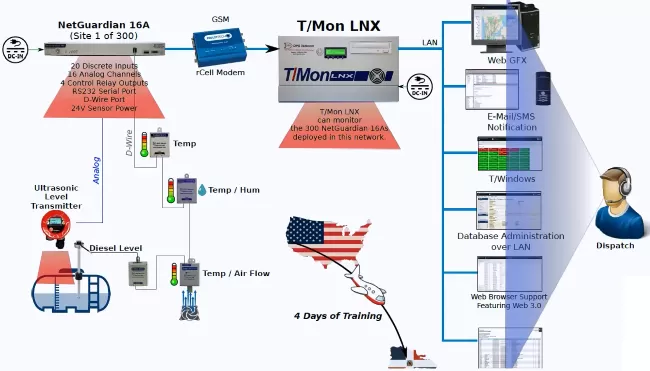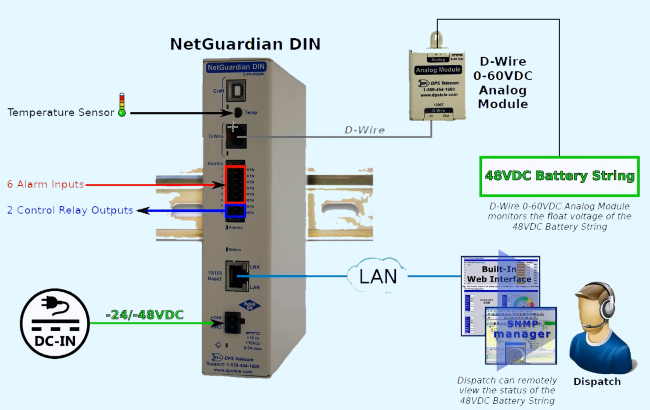Download our free Monitoring Fundamentals Tutorial.
An introduction to Monitoring Fundamentals strictly from the perspective of telecom network alarm management.
1-800-693-0351
Have a specific question? Ask our team of expert engineers and get a specific answer!
Sign up for the next DPS Factory Training!

Whether you're new to our equipment or you've used it for years, DPS factory training is the best way to get more from your monitoring.
Reserve Your Seat Today
When DPS’s sales team and the client discuss a custom monitoring system, we make sure to capture all the details. The client will have requirements that need to be met, and we also want to figure it out what kind of pain points they may have. A pain point is a specific problem that the company might be experiencing. They can be diverse and varied, so some clients might not even be aware of their own pain points. We make sure to find them and include a solution in your made-to-order monitoring system.
Finding and solving problems is important along the way, because we focus on putting together the best monitoring solution possible. We know that when we create a good solution for the client we are also generating value for them.
To provide a good reflection of the customized solution - in a simple and comprehensive way that virtually anybody would be able to understand - we always include a drawing with the proposal. The objective of this drawing is to show you exactly what our equipment will be doing in your environment or application. Consequently, you’ll be able to give us a better feedback and make an informed decision.
In the following picture, we see a T/Mon LNX used as a master station. This T/Mon has the perfect capacity to monitor the 300 NetGuardian 16A present in this application. Since they don’t have line available at this site, we’re using a rCell Modem for the communication between the NetGuardian and the T/Mon LNX. We also can see that there are several d-wire sensors that, at the end of the chain, will be connected to a diesel sensor. This diesel sensor will inform the d-wires about the diesel fuel levels for the generators.

The next drawing is a little simpler. We have a NetGuardian DIN and a 0-60VDC d-wire sensor that’s monitoring this 48VDC battery string. Keep in mind that, even though some monitoring systems can be quite simple as this one, we still want to make sure you aren’t just looking at a line item that has prices. It’s important to us that you know that our RTU paired with our sensor is going to do exactly what you’re looking for to monitor your battery string.

Now, let’s look at a more complex drawing. Since the monitoring solution for this particular company involves many line items and equipment, it’s difficult to know what is going to be doing what. So, we took time to design a diagram that would best represent all that. The RTU of choice was the NetGuardian 420. Since we have two different sites that are somewhat close to each other, we could use a d-wire daisy chain to link both sites to the same RTU.

This is a good example of how much easier it is to understand a monitoring system using a drawing, instead of just reading a proposal with only a list of equipment and prices.
Finally, if you have any questions or need anything specific included in your proposal, don’t hesitate to reach out to our sales department. We’re committed to total client satisfaction, so you can have the best outcome.